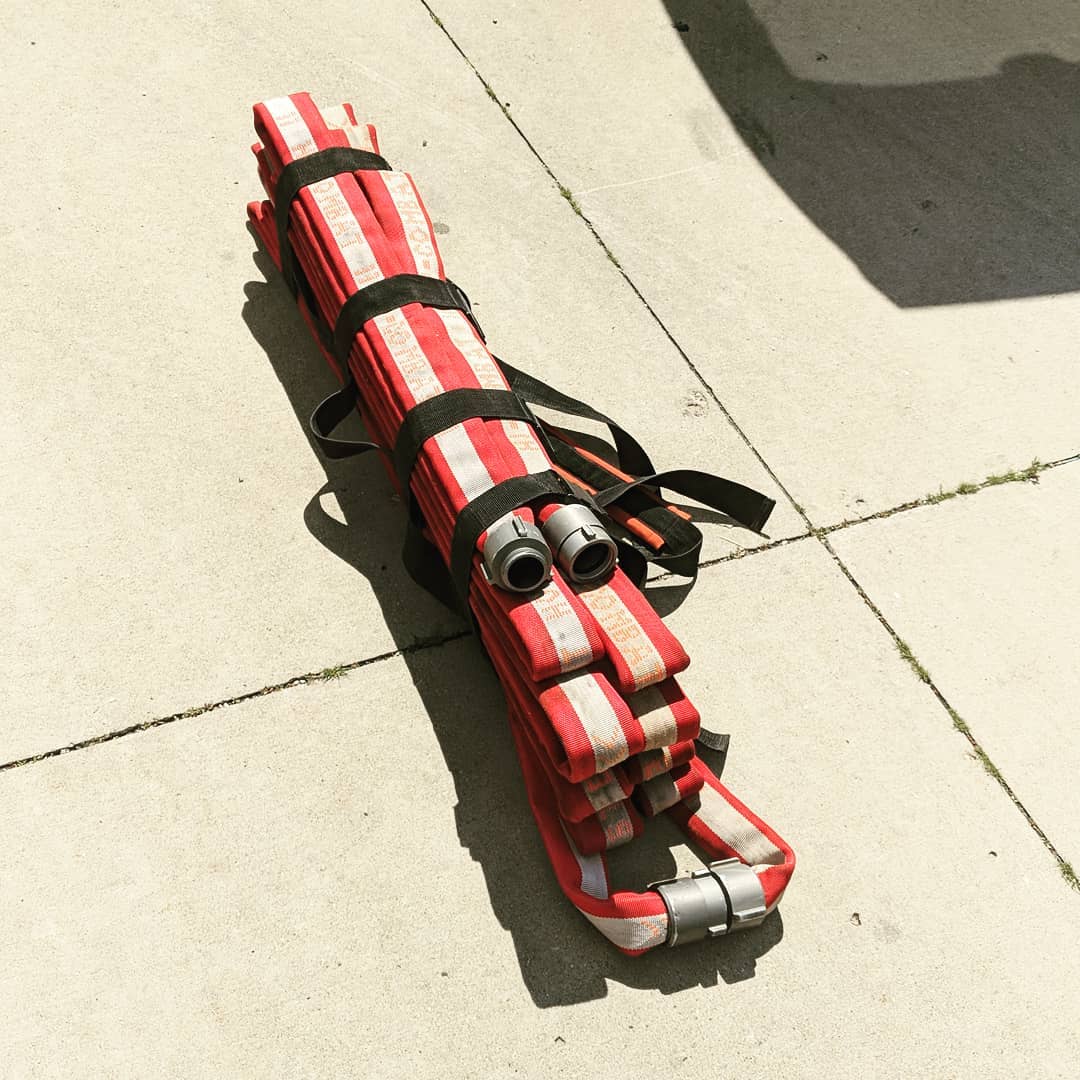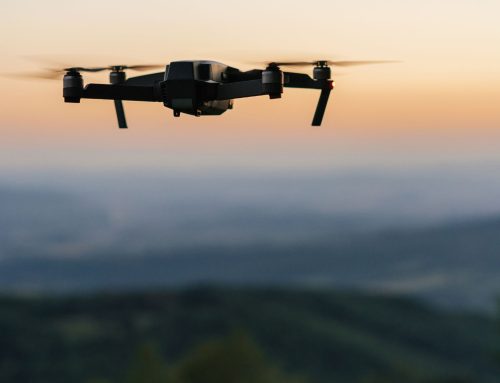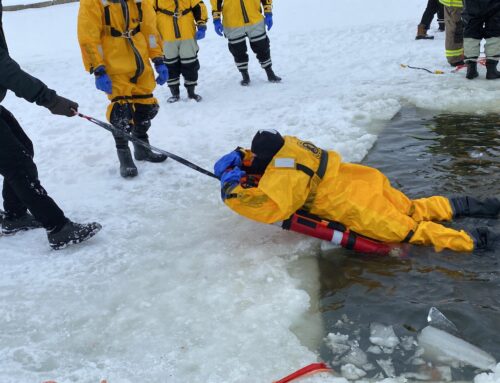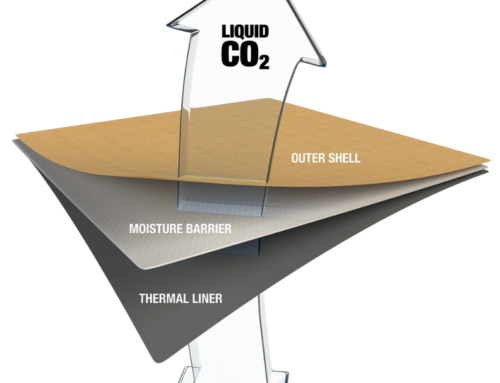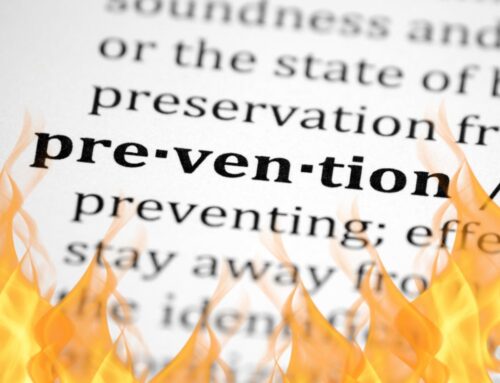The adage in the fire service when it comes to stretching lines to the fire building is: “Nozzle and coupling to the point of entry”. This has stayed consistent for quite some time and is still effective today. Let’s discuss how we get the hose there.
There are many different hoseloads in the fire service: Minuteman, Flat Load, Horseshoe, Triple Layer, and more. What is effective and what is ineffective. That cannot be answered by any one person that does not work in your district. Only those working in those districts, stretching hose in training and stretching hose for fires will truly know what is effective.
With that being said, there’s an effective option whether your department is in pre-connects or using dead loads. This is the use of bundles. Bundles over the last decade have become very prevalent in the fire service. These allow 50-100’ of working length at the point of entry to be deployed with ease by one firefighter. Just as hoseloads, there are many effective bundles that could be employed.
A significant tip would be to have whatever bundle you choose to be something that can easily be forward stretched and back stretched. In a forward stretch we will take the nozzle and coupling from the drop point (location that we drop the bundle) to the point of entry (door, window, etc.). This typically requires the drop point to be 25-35’ away from the point of entry. Leaving the coupling in an accessible position is imperative if using this operation. In a back stretch we will want to have two bights of hose in the bundle made at the 25’ mark on each length. We will drop the bundle at the point of entry, grab the two bights of hose and stretch the hose back. This will allow the nozzle and coupling to be at the front door fully flaked out.
While stretching hose is vital to the extinguishment process it’s imperative that we maintain a victim first mindset of the building. We need to be looking at the building, doing not only a size up, but a search size up. After all, the first line that is deployed needs to be the line put in place to protect victims. This would mean that this line needs to be prepared to not only be placed between the fire and victims but must be deployed rapidly. Proper set up noted above can ensure that both are effectively accomplished quickly.
Guest Author: Jeffrey Bryant, Jr.

